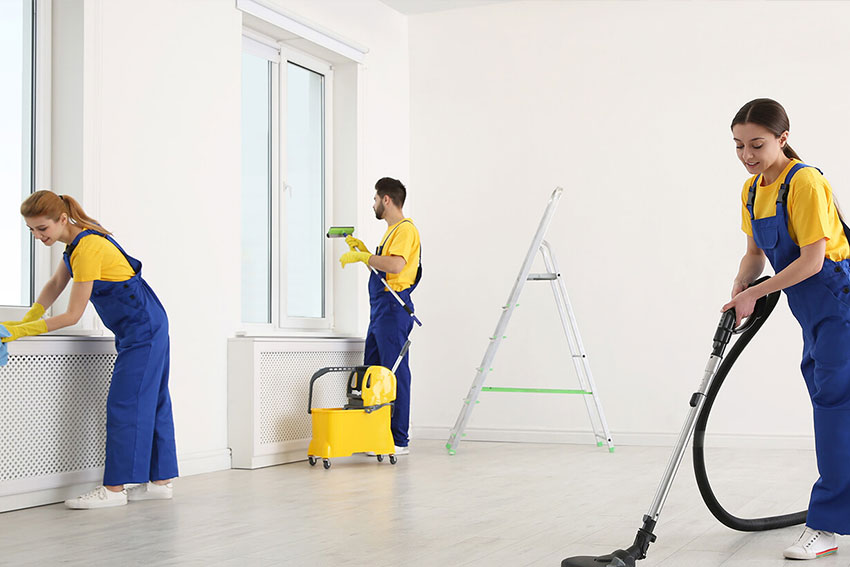What to Expect During a Professional Damp Survey

Spotted signs of damp in your home? It might be peeling paint, musty smells or discoloured patches on the wall. These are all signs that it might be time to call in the experts.
A professional damp survey is a crucial first step in identifying the source of moisture and finding an effective treatment. The causes of damp can be quite tricky to pin down, so it can save you time and money by skipping the DIY fixes and going straight to the experts.
Here, we’ll run through what typically happens during a damp survey, so you know exactly what to expect.
Why Book a Damp Survey?
Damp problems can be caused by a variety of issues, including rising damp, penetrating damp, condensation, or leaks from pipes or appliances.
Left unchecked, damp can cause a lot of damage. It can rot joists and timber, and weaken the structure of the building, as well as ruining paintwork and plaster. Another major issue is the growth of mould and mildew, which tends to accompany damp – this can be seriously hazardous to health.
Damp surveys are key to uncovering hidden moisture problems that might otherwise go unnoticed. They also ensure that the issue is accurately diagnosed, so you don’t end up trying multiple solutions that simply don’t work.
Surveys can be helpful for homeowners and landlords who are experiencing problems with damp. But you might also want to get one if you’re checking out a property to buy.
What happens during a damp survey?
Now, let’s run through the main steps involved with damp surveys here in the UK.
Initial Consultation and Property History
A typical damp survey usually begins with a discussion between the surveyor and the property owner or occupier. They’ll ask about any visible signs of damp, how long the problem has been present, and whether any previous repairs have been carried out.
Understanding the history of the building, its construction, and any alterations helps the surveyor build a clearer picture of what could be causing the issue.
Visual Inspection
The surveyor will conduct a thorough visual inspection of the property, both inside and out. This involves checking:
- Internal walls for stains, blistering paint, mould growth or a musty smell
- External walls, gutters and downpipes for signs of water ingress
- Window frames and doorways for condensation or leaks
- The condition of damp-proof courses, flashing, and seals
- Flooring and skirting boards for signs of warping or discolouration.
In many cases, visible evidence can suggest the type of damp present, but further testing is often needed to confirm it.
Moisture Testing and Diagnostic Tools
Next, the surveyor will use specialist tools to assess moisture levels and patterns throughout the property. These tools may include one or more of the following:
- Moisture meters – these devices measure how much moisture is present within walls, floors and other materials
- Thermal imaging cameras – these are used to detect temperature variations that may indicate damp or water ingress
- Hygrometers – these measure humidity levels in the air, helping to identify condensation problems
- Salt analysis kits – these are useful for distinguishing between rising damp and other moisture sources.
These tools allow the surveyor to locate damp areas that may not yet show surface signs and help determine the source of the problem.
Identifying the Type and Source of Damp
One of the main goals of a professional damp survey is to identify the specific type of damp affecting the property. The three main types are:
- Rising damp – this is where moisture rises up from the ground due to a damaged or missing damp-proof course
- Penetrating damp – this is where water seeps in through walls or roofs due to faulty gutters, cracks, or porous materials
- Condensation – this is moisture in the air settling on cool surfaces, often due to poor ventilation.
Accurately identifying the cause is essential to finding the right solution and avoiding unnecessary work.
Detailed Report and Recommendations
After completing the survey, the specialist will compile a detailed report containing:
- Observations made during the inspection
- Moisture readings and data collected
- Diagnosis of the damp issue(s)
- Recommended treatment options
- Preventative measures to avoid future problems.
This report is especially valuable if you’re buying or selling a property, as it provides clear evidence of the damp issue and how it can be resolved.



